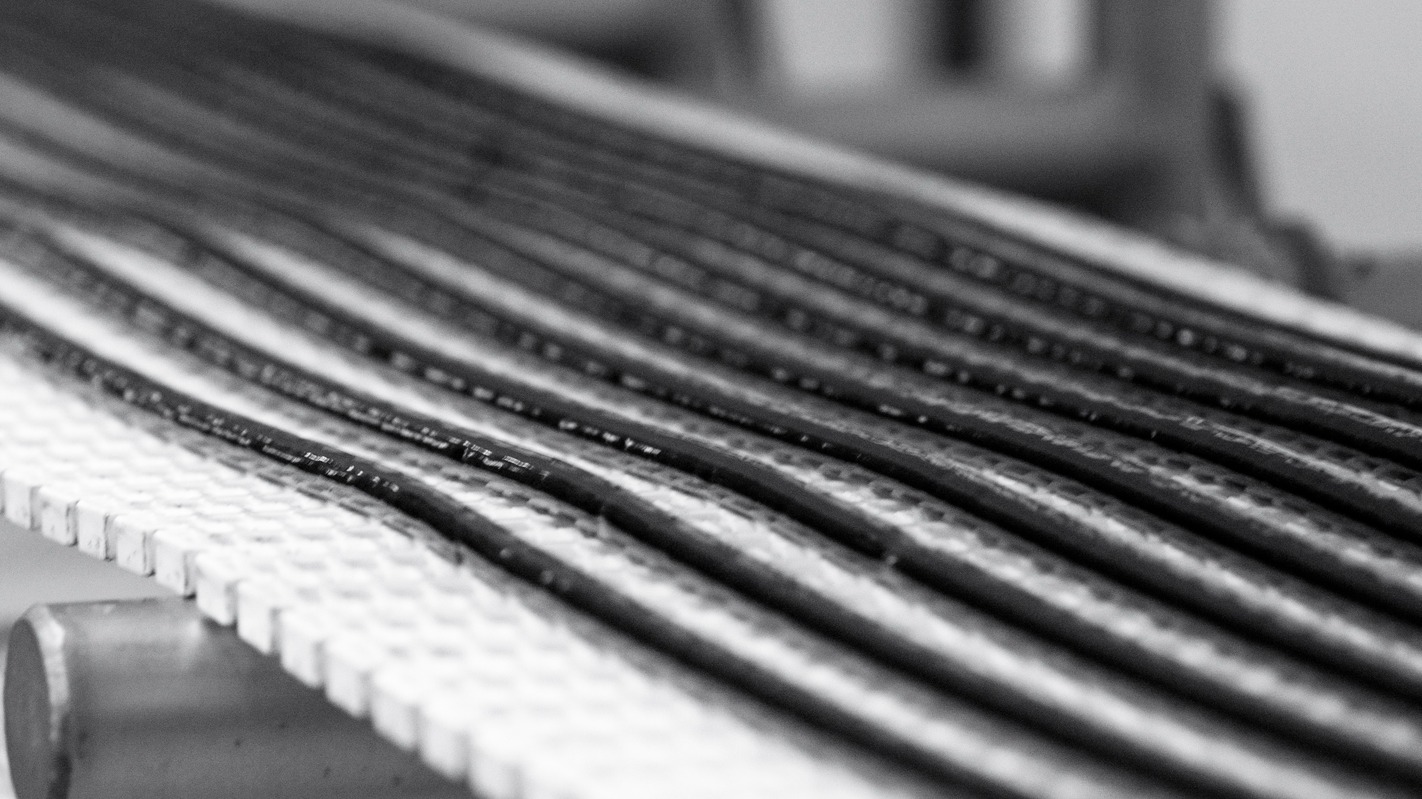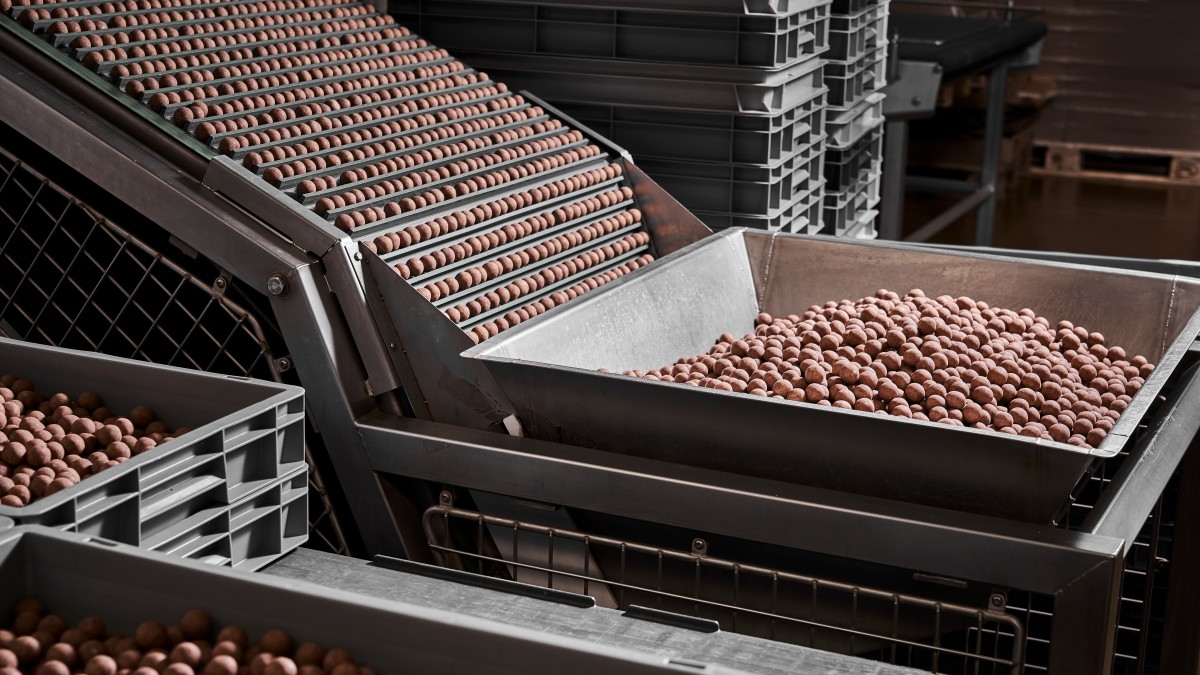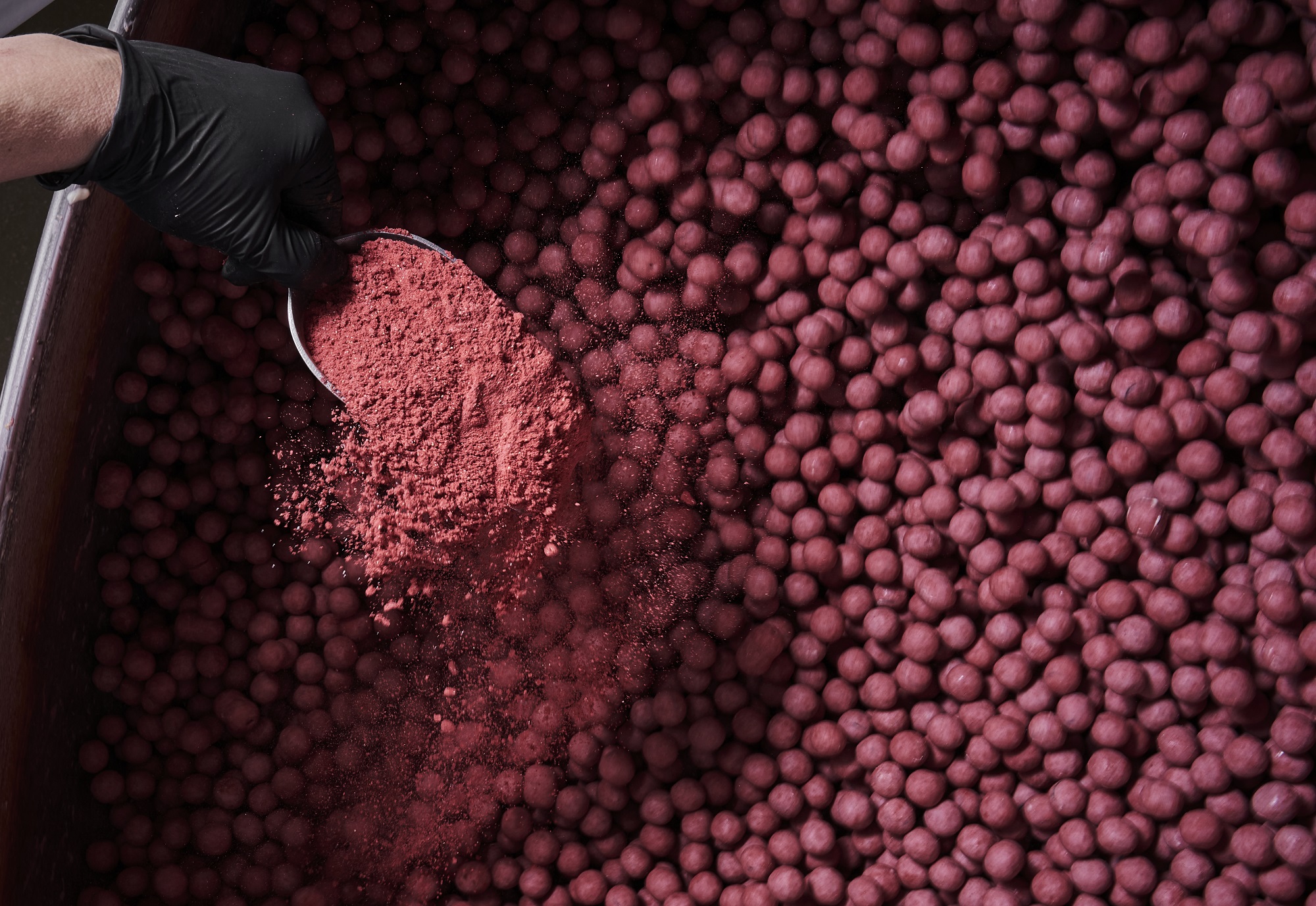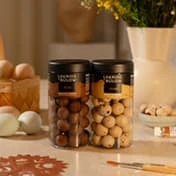No, looks aren’t everything, but when it comes to what our food tastes like, appearances actually matter a great deal. To a surprising extent, in fact, if you ask chef and food consultant Rasmus Bredahl, who is an expert in neurogastronomy – a scientific field that deals with taste perception as a total, complex sensory experience.
Quite simply, we not only taste with our tongue, but unconsciously form an overall taste perception based on what we feel, smell, hear, remember and - perhaps most importantly - see. There are many indications that our taste perception can even be influenced and manipulated by what we see. We have asked Bredahl to explain how this works.
“One of our primary senses is the sense of sight,” said Bredahl. “Basically, we humans have always used our sense of sight to find food, and we have been extremely reliant on our sense of sight to find fresh, nutritious food in the wild. You could say that our sense of sight provides us with certain codes; if we see a green strawberry, we already know how it tastes, and that it is not yet ripe. Our brain works as a sort of prediction machine. It happens so quickly that we don’t even register it, but in reality, our brain predicts what we eat and do, and the sense of sight is an incredibly important part of these decoding mechanisms when we try to identify what we’re eating. Essentially, our taste perception changes based on what we see.”
A Deceptive Taste of Red Wine
In Bredahl’s book, Neurogastronomy - the secret behind the perfect meal (in Danish: Neurogastronomi – hemmeligheden bag det perfekte måltid), he provides several examples of how our sense of sight can affect or “fool” our taste perception. In a study carried out by researchers at the University of Bordeaux, a group of oenology students were given the task of describing the taste of two wines, one white and one red. The students described the red wine as having an intense black currant flavour and an aroma of red fruits, while the white wine had notes of apricot and honey. However, what the students didn’t know was that both the red wine and white wine were the exact same, the only difference being that some tasteless red food colouring had been added to one of the two glasses.
“We unconsciously couple different colours to certain tastes. We associate green with freshness, yellow with acidity, black and blue with stronger flavours and red with sweetness. If, for example, you serve a drink in a red glass, you can actually add 10% less sugar than if you serve it in a blue or transparent glass. The same principle applies to cups. If we drink coffee from an orange or dark cup, we perceive the coffee as being more flavourful and intense than if it is served in a transparent glass or a white cup,” Bredahl explained. Bredahl offered another example, chuckling. “About 20 years ago, 7-UP added a slightly more yellow tone to the label on their bottles, while also giving the glass a more distinctly green colour. It resulted in a stream of complaints from people who felt the soft drink suddenly tasted more bitter than it used to. But it was the exact same soft drink it had always been! It makes me think of the writer Tom Vanderbilt. He writes about the mechanisms of our taste preferences, and why we like the things we do. He writes somewhere that our eyes are the most important taste organ, and I think in some ways that he’s right.”
Bronze-coloured Sensory Impressions
At Lakrids by Johan Bülow, it’s not only the taste, but also the appearance of our liquorice balls that matters a great deal. So, what effect does a bronze-coloured liquorice ball, for instance, have on our brain?
“It’s likely that they signal exclusiveness,” explained Bredahl. “After all, there’s nothing edible in nature that’s bronze-coloured. There have been several studies that show that without being consciously aware of it, we pass over blue M&Ms to a high degree because they have a synthetic colour, for example. In theory, the bronze liquorice ball should have a similar effect on us, but in this case, the exclusive, shiny appearance must seem appealing to us - and it may also have something to do with precious metals, which we also just find naturally appealing.
Design and Cutlery also Influence You
In the same way that colours affect our taste perception, so do other visual aspects such as cutlery and design.
“If you serve food and beverages with nice cutlery, crystal glasses and porcelain, the taste experience will also rank much higher than if it is served on paper plates and in cardboard cups. Researchers have carried out studies where they have served cheap Cremant in crystal glasses and subsequently served expensive champagne in cardboard cups. Afterwards, the trial participants were asked to rank what tasted best, and without exception, the wine in the crystal glass was perceived as tasting better. When we touch something that feels exclusive, the mind unconsciously decides that the contents must be equally exclusive.”
“Design is also crucial. That’s why companies like Apple are so successful. They may not necessarily make the world’s best computers, but they are world champions when it comes to packaging and design. It’s a sensory experience through and through, and it’s all made to feel really appealing. That’s also where I think you do a good job with your liquorice. There’s not so much packaging; it’s good, solid and signals quality. And I also think that when you get something of a high quality, you’ll probably eat it slower than a cheap bag of Haribo sweets. When something signals exclusiveness, you enjoy it more and take your time eating it.”
Do you want to see how much your senses are affecting if you enjoy our liquorice? Then you can take a look at all of our chocolate covered liquorice here!


























